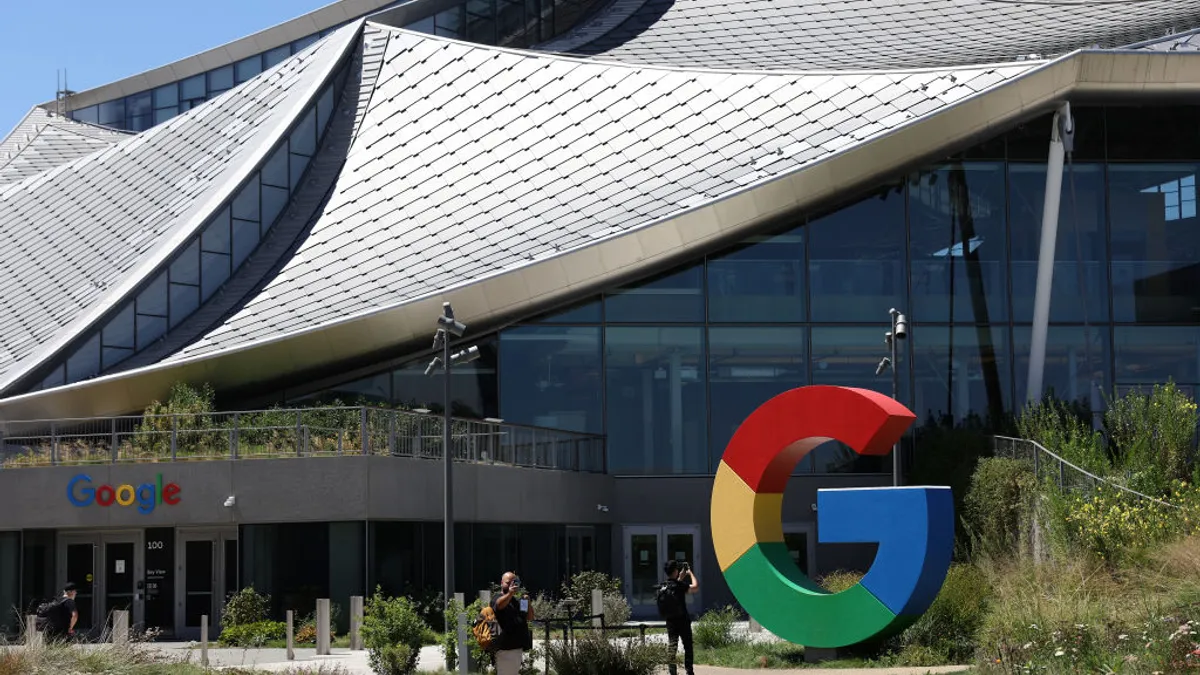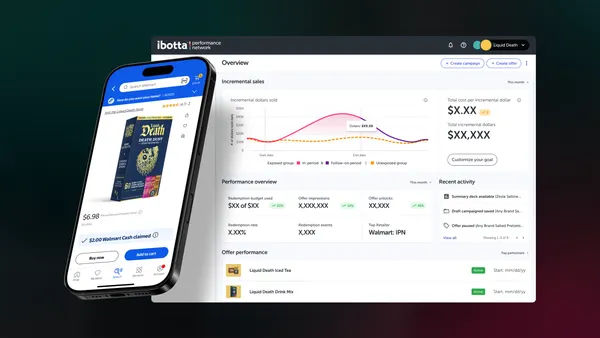Brief:
- Pandora, the streaming music service with 81 million users, this week rolled out its Video Plus ad format to all advertisers after testing the service since last fall, according to a statement. T-Mobile is already on board with the new format, which charges advertisers only when users watch 15 seconds of a video ad.
- Listeners are rewarded for watching ads with features that are usually available with paid subscriptions to Pandora Plus or Pandora Premium: the ability to skip more songs and replay tracks.
- Pandora said most listeners who watched the ads were between the ages of 18 and 34. Listeners who opt in to watch new ads and features listen 57% longer than average users and thumb 65% more.
Insight:
Like all companies that stream content, Pandora is seeking the steady cash flow that comes from paying subscribers. At the same time, it wants brands to spend big bucks on ads and needs to continue to innovate its ad formats to better meet the needs of mobile users. Video Plus is an attempt to address the latter as the competition for subscribers heats up.
Marketers are looking for ways to reach mobile users with ads that take into account the unique use case for smartphones without being disruptive. Rewarded ads have proven to be particularly successful in gaming apps, with streaming content apps a smaller part of the equation. A recent Tapjoy report found that rewarded ads 4.5x more likely to lead to in-app purchases.
“We’re always looking for new and innovative tactics to reach and engage with consumers in relevant ways,” said Kari Marshall, vice president of media at T-Mobile, in the press release. “We’re excited to test Video Plus to deliver our Un-carrier message to Pandora’s very engaged user-base, and the meaningful brand connections we hope it drives as a result.”
The streaming music market is crowded with startups like Spotify, Slacker Radio and Tidal, media companies like SiriusXM and tech giants like Apple, Amazon, Google and Microsoft that have deep pockets. Amazon packages mobile streaming as a loss leader for its Prime service that offers other perks like video streaming and free shipping for most products ordered on its vast e-commerce site. Competitors need to find a solid value proposition to lure potential customers.
Pandora tries to entice people to pay the monthly fees with features like ad-free streaming, on-demand song choice, offline listening, unlimited replays, higher-quality audio and the ability to create playlists. Rewarding users for watching ads is one way to generate an additional revenue stream while picking up users who are unwilling to pay as little as $4.99 a month for ad-free radio.
After several years of stagnant results, Pandora has recently reported gains, with ad revenue growing 5% year-over-year during Q2 and subscription revenue increasing 25%.
Streaming music is the fastest-growing market segment for the recording industry, which has seen CD and vinyl sales plunge to near-extinction. The International Federation of the Phonographic Industry said the recording industry had 5.9% growth in 2016, with music streaming services comprising most of the surge. Despite the growth, the industry may be due for a shakeout of weaker, less capitalized companies. SoundCloud, which has a loyal user base of listeners and artists who share their music, last month received $170 million in new financing, putting an end to speculation that the company would shut down or be sold after cutting costs in July.













